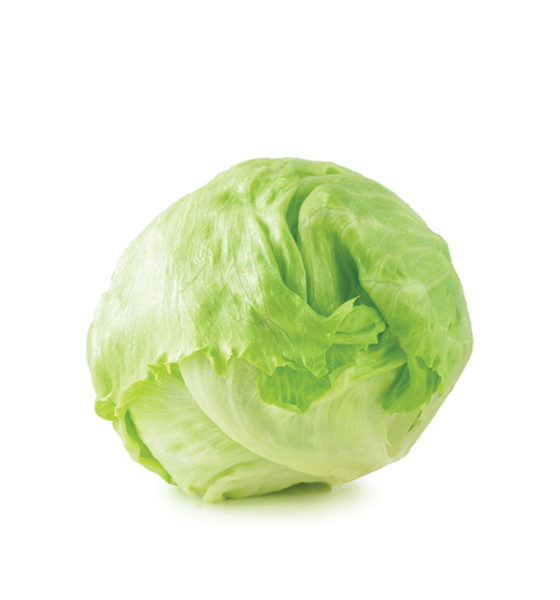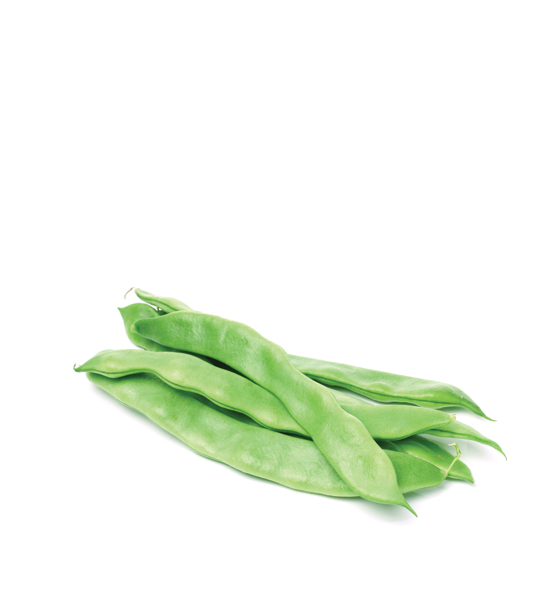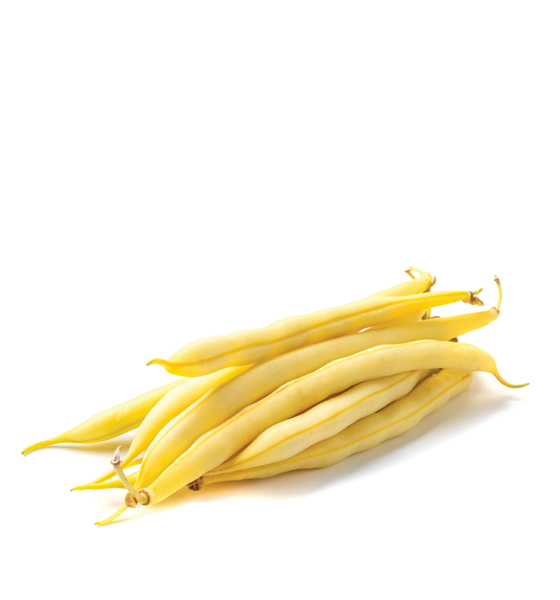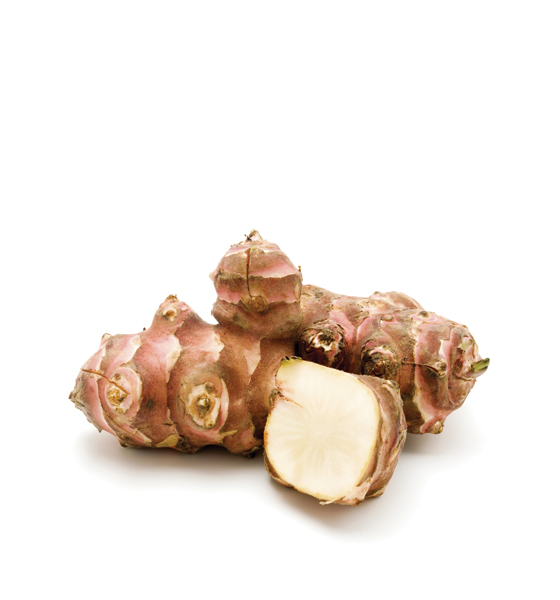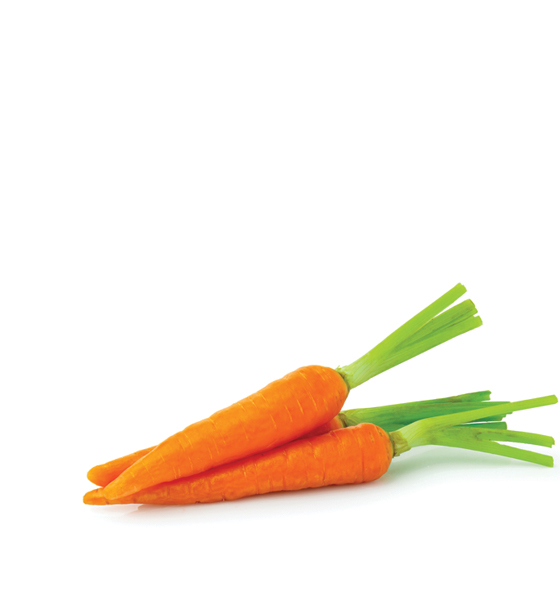ICEBERG LETTUCE
Iceberg lettuces are vegetables consumed as salads and fresh greens that can be grown outdoors and under cover throughout the year. Due to its vitamin and mineral content, iceberg lettuce is classified among appetite-stimulating vegetables. As a dietary vegetable, iceberg lettuce leaves contain approximately 94-95% water. Despite its lower nutritional value compared to other vegetables, 100 grams of fresh iceberg lettuce leaves contain 6-8 mg of ascorbic acid, 1-1.5 g of crude protein, 0.2-0.4 g of fat, and 1.5-2.5 g of carbohydrates, along with 330 IU of vitamin A, 20-25 mg of calcium, 40 mg of phosphorus, and 1.5 mg of iron.
SPECIFICATIONS
Country: TURKEY
Size/Weight: (+) 200 gms
Packaging Weight: 03 | 05
Description
BENEFITS
Iceberg lettuce is very low in calories and rich in vitamins such as A, K, C, B6, thiamine, and riboflavin. It also contains essential elements like iron, potassium, calcium, magnesium, manganese, and copper, as well as beneficial vitamin precursors such as folate, β-carotene, and zeaxanthin. Additionally, iceberg lettuce is noted for its excellent medicinal properties. It has been recorded to be used for pain relief, stomach problems, inflammation, and urinary tract infections. Furthermore, iceberg lettuce is reported to have antimicrobial, antioxidant, nerve-protective, and calming effects. Chemical analyses have identified terpenoids, flavonoids, and phenol derivatives in iceberg lettuce that contribute to its biological activity. Iceberg lettuce also contains essential elements like vitamins and organic compounds.

